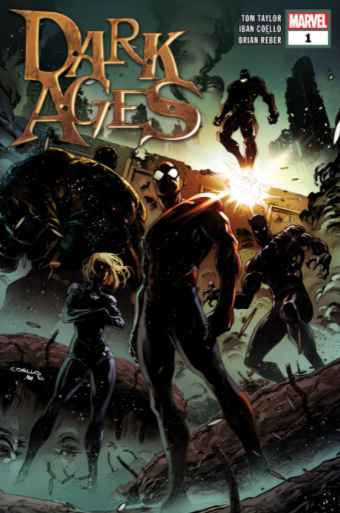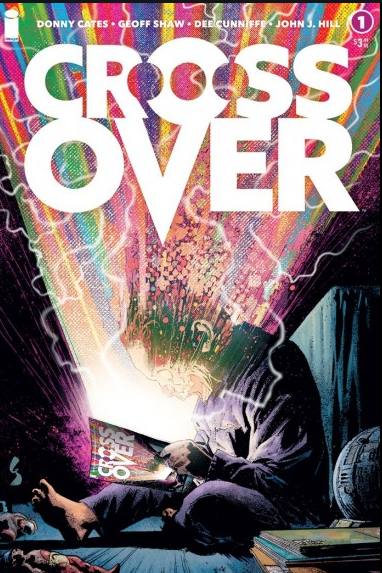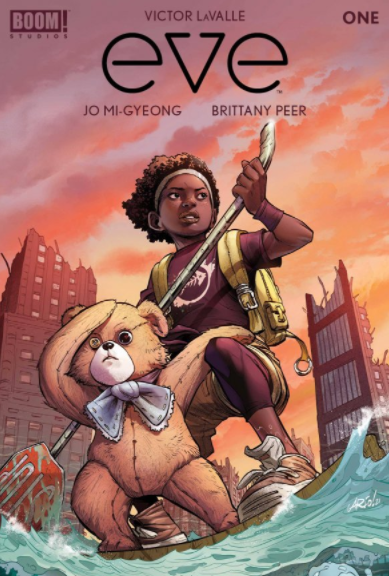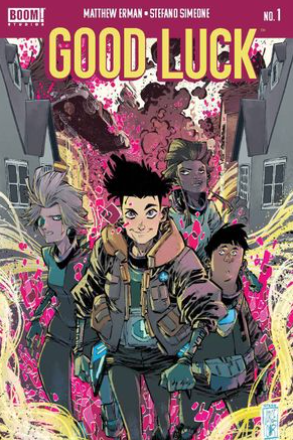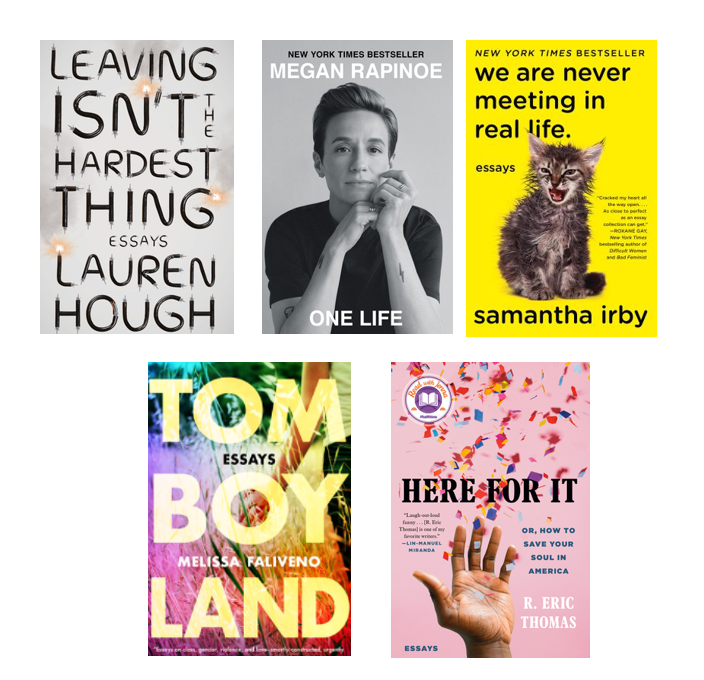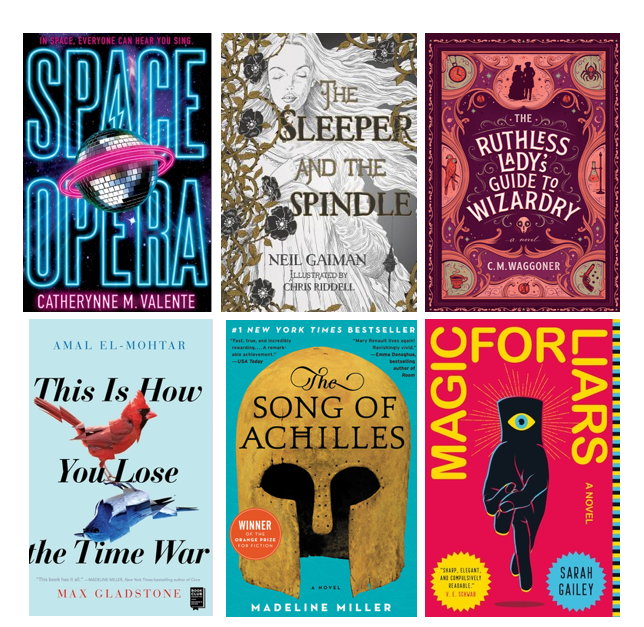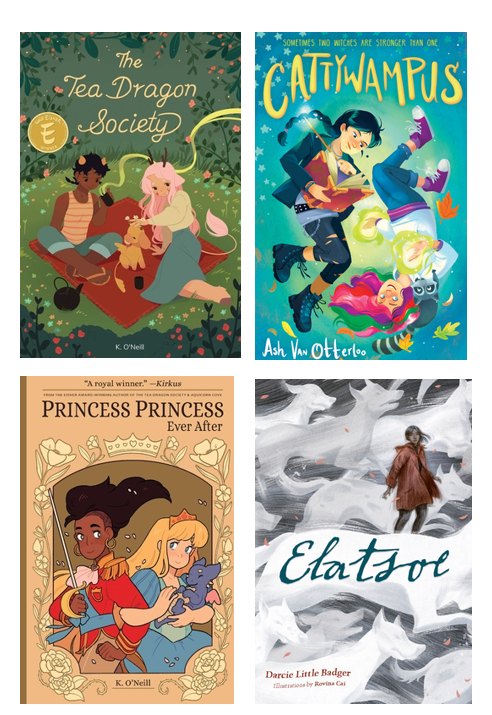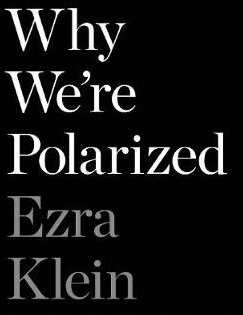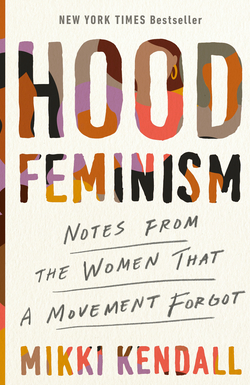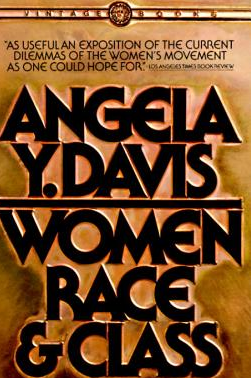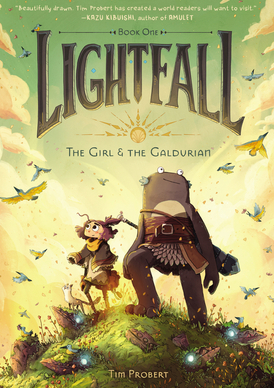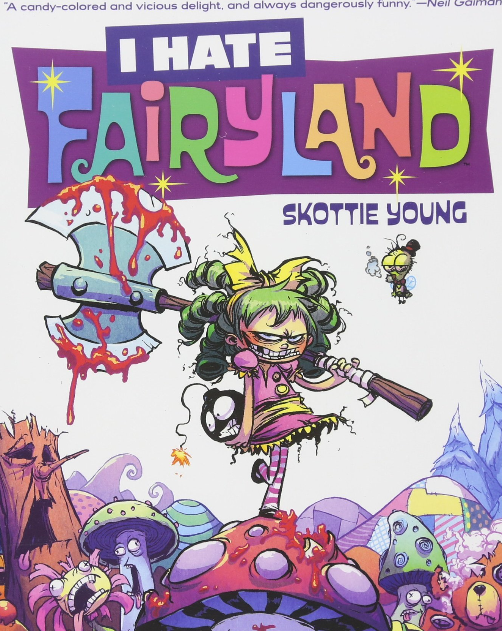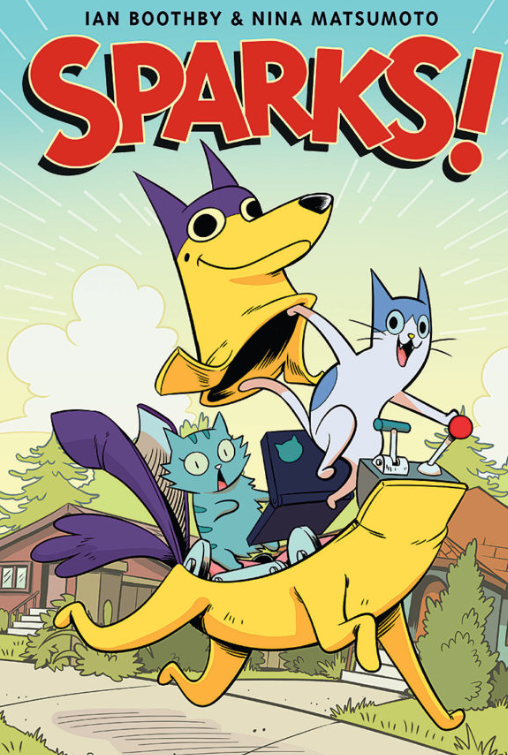Friends, here we are again, at the end of another exhausting year. We made it! I never lost my reading momentum this year and I’m truly grateful. In fact, I think reading constantly has been the key to my mental and emotional stability this year (such as it was, which is to say, not great). I’m definitely a mood reader and this year for the first time I didn’t fight my moods, which were, understandably, somewhat volatile and tumultuous. I didn’t make myself read things I thought I “should.” Instead, I went where my moods* took me.
I dove into mostly fantasy fiction this year,** immersing myself in stories that are DEFINITELY not real (escapism really works, friends!). On the other hand, I also took deeper look at individual, true-life stories, told in folks’ own voices. My love for memoirs really snuck up on me, and those listed here are just a handful of my favorites among a large list of wonderful ones. Because when the world feels hostile and uncaring, apparently I yearn for empathy both in myself and in others. Sharing in the pain and joy of others reminded me of the humanity in all of us (a spoonful of humanity makes the despair go down).
Another habit I’ve honed this past couple of years is not finishing books I’m not liking. As a result, I really loved almost everything I read (my average rating is 4.0+), so making this list was hard. That’s why there are more honorable mentions then there are favorites. Here’s to another year of moodiness!

Essays: My newfound love for essays has also surprised me this year. Essays are the perfect format to throw into a mix if you (like me) read more than one book at once. They are easy to pick up and put down. My hands-down favorite this year was Tomboyland by Melissa Faliveno, which I’ve already talked about in another post. Her writing is beautiful and her exploration of gender, sexuality and identity is eye-opening. [Trigger warning for SA]
Honorable mention #1: Leaving Isn’t the Hardest Thing by Lauren Hough. Lauren grew up in an honest-to-goodness cult. Her essays walk us through her cult years growing up and her Don’t Ask, Don’t Tell years in the military, and what she did with herself after being “asked” to leave the military. She’s also a great person to follow on Twitter. [Trigger warning for SA]
Honorable mention #2: Here for It by R. Eric Thomas is hilarious and engaging. His story about his school newspaper article that got him labeled a ‘typical racist white dude’ is unforgettable. His Twitter feed is worth a follow too.

Nonfiction: The costs of structural racism in our country are often unseen but white citizens. We seem to think that either they aren’t there or, if we are being honest and know that they are, we have a sneaking suspicion that they are not our costs to pay (spoiler: they are). In The Sum of Us, Heather McGhee, an expert in economics and policy, shows readers how these costs (in housing, healthcare, voting, lending, the job market) hurt us all. And how helping the most vulnerable helps us all.
Honorable mention #1: This Book Will Make You Kinder by Henry James Garret is a book about empathy and all the obstacles we put in our own way to keep us from being kinder, more empathetic people. It’s filled with silly (and educational!) drawings but don’t be fooled, this book is for real.
Honorable mention #2 Mediocre: The Dangerous Legacy of White Male Power by Ijeoma Oluo. At perhaps no better time than now, in the middle of a botched pandemic response, do we need to examine our cultural need to follow the leadership and authority of folks who are clearly not up to the task. This book examines the historical context of why we arrived here and what we need to do to change it.
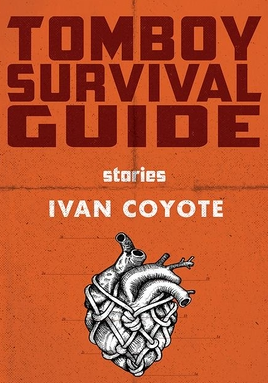
Memoir (LGBTQ+): It only took a few pages before I fell in love with Ivan Coyote, author of Tomboy Survival Guide. This is a memoir told as a series of stories of his Canadian upbringing and transition into his true authentic self. This year I really leaned into stories of identity, specifically gender identity and sexual orientation and this is one of the best I read. Turns out I’m easily swayed to read anything with Tomboy in the title, and this one didn’t disappoint. In fact, it sets the bar high for all other tomboy books.
Honorable mention #1: The Natural Mother of the Child: A Memoir of Nonbinary Parenthood by Krys Malcolm Belc is the emotional and engaging memoir of a trans man who transitioned during his pregnancy for his second child (and first pregnancy). We follow Kris as he journeys through parenthood and pregnancy with all the unique emotional and logistical challenges that such a pregnancy presented.
Honorable mention #2: Stuck in the Middle with You by Jennifer Finney Boylan. I was introduced to Jennifer Finney Boylan when I read her book Good Boy, about being raised as a boy with his childhood dogs. Her writing is beautiful and so relatable. This memoir includes not only the story of Jennifer’s experiences as a parent in more than one gender (she had her children before she transitioned), but also interviews with other parents regarding gender and identity.

Memoir: If you think that I got a lot of my book recommendations from folks I follow on Twitter you would be correct. Ashley C. Ford is a gorgeous writer, plain and simple. I will read anything she writes. In Somebody’s Daughter she explores shares her deepest self with us and in doing so shows us how we can approach family, love and loyalty while still being true to ourselves. [Trigger warning for SA]
Honorable mention: I automatically buy any book that Jenny Lawson writes. Her previous books have delved into mental health issues in Jenny’s hilarious, chaotic and inimitable way. Broken follows in this tradition of the author sharing her truest, weirdest, most ridiculous and funniest self. It’s a book that made me cry but also laugh so hard I couldn’t breathe.

Antiracist: Clint Smith, the author of How The Word Is Passed is a literal poet. And this fact shines through every sentence of this powerful book. He takes us on a journey around the country, exploring parts of the U.S. with ties to racism: Monticello Plantation, Angola Prison, Blandford Cemetery and Galveston Island. His descriptions are so powerful that the reader can see what he sees, which adds an additional emotional impact to the stories of our horrific past.
Honorable mention #1: Long Time Coming: Reckoning with Race in America by Michael Eric Dyson is a gut-punch of a book. Every beautiful, brutally true sentence requires your full mental attention and emotional investment. Each chapter is addressed to a soul tragically lost to unnecessary and yet all too common violence against Black bodies: Elijah McClain, Emmett Till, Eric Gardner, Breonna Taylor and others. It should be read slowly, carefully, and unflinchingly.
Honorable mention #2 & #3: The most basic thing we white folks need to do to educate ourselves about racism is to listen to BIPOC voices. Uncomfortable Conversations with a Black Man by Emmanuel Acho and The Black Friend: On Being a Better White Person by Joseph, Frederick are two wonderful gifts from the Black community to us white folks – these are books explicitly written for us so that we can hear the things we need to hear. I recommend both of these books for those just starting their antiracist journeys or for kids. Uncomfortable Conversations even has a specific young readers version (which I got both my kids!)

Middle Grade: I read Verdigris Pawn by Alysa Wishingrad in less than a day. I could not put it down. It’s a delightful middle grade fantasy with characters you really root for. It has some magic and also some mystery and just enough stakes to have you on the edge of your seat waiting to see what happens next.
Honorable mention #1 (&2): I stayed up until 2am reading Winterborne Home for Vengeance and Valor by Ally Carter. It’s a story about orphans and mysteries and dark cloaked figures who are up to no good. There is murder and intrigue and danger at every turn. There is a group of scrappy kids who are not to be trifled with. When I was done, I went out to buy the sequel. Winterborne Home for Mayhem and Mystery proved just as engaging (requiring another late night). My kid, my mother and I all loved this series, so it’s good for all ages)

Horror: Chuck Wendig has no right (as the kids say) to go this hard, not after what he did to us in Wanderers. The Book of Accidents is, in many ways, a straightforward horror book. There is a serial killer, plenty of gore, and some scary-as-shit, unexplained phenomenon. But there are also portals and magic and demons. I don’t know how he keeps all these threads together, but he does. This book defies boundaries and genres. And it’s so damn good.
Honorable mention #1: Dark Waters by Katherine Arden is the third in her Small Spaces Quartet. This one is set in Spring (the previous two were in Fall and Winter). The author does “horror for kids” as well as my perennial favorite, Neil Gaiman. Because it’s middle grade, I always believe the kids will be alright, but there are just enough stakes to make me question this every once in a while. As an adult, I find these books scary in that atmospheric way that is thrilling. She’s a great storyteller.
NOTE: I started using The StoryGraph this year instead of GoodReads and consider this an unofficial plug to try this site out. It gives you great end of the year stats (see below for my Moods* and Fiction/NonFiction**)



